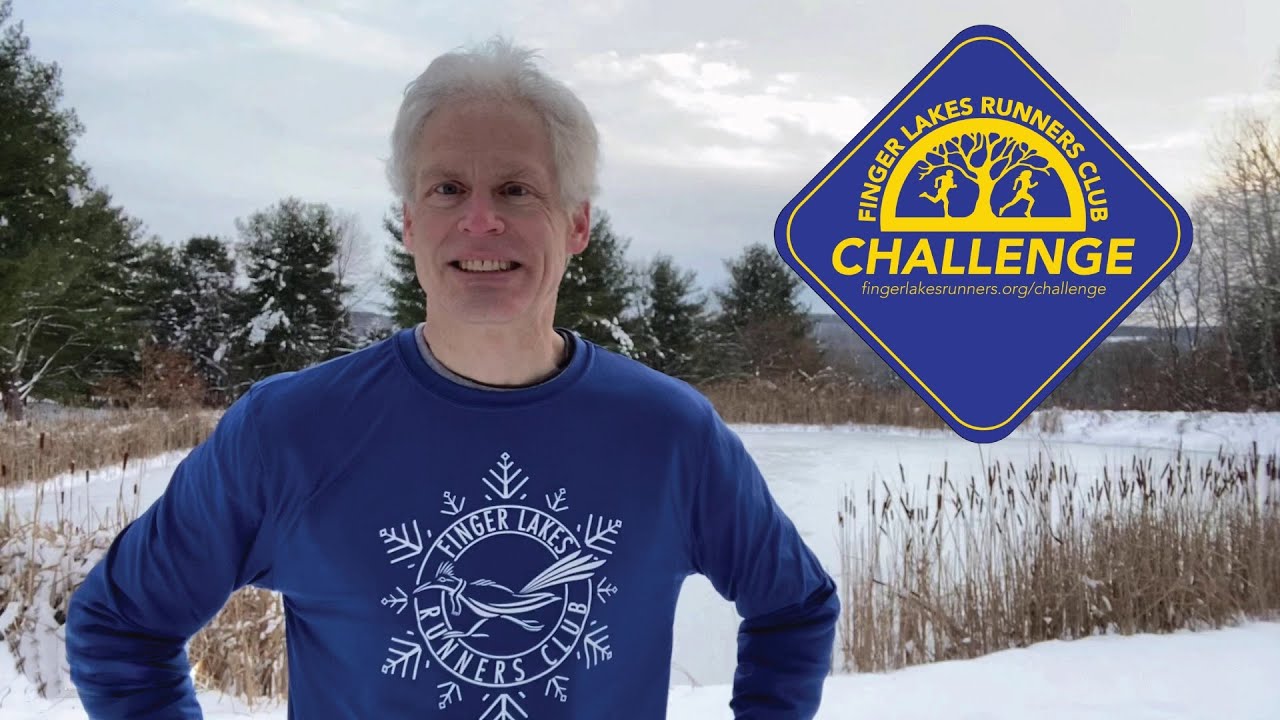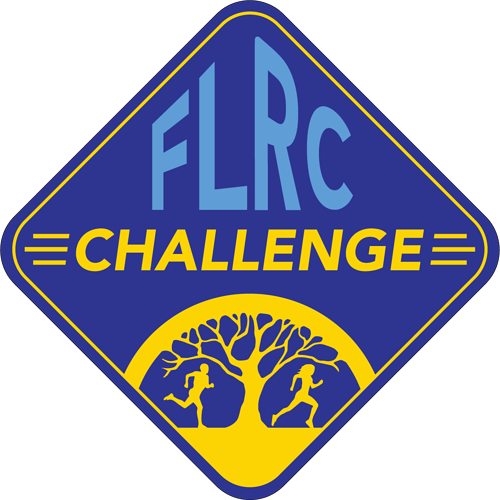Great questions, @lizhartman, and I’ll have documentation that will answer them all before we go live. But I’m happy to get into specifics here beforehand because one of the great joys of the FLRC Challenge has been thinking about how to make it as inclusive as possible and as much fun for as many people as possible. I’ve been working on the idea since the summer.
Before I explain teams, let me say that if you’re not into details, don’t worry. The FLRC Challenge leaderboard will calculate and present everything I’m going to describe. You don’t have to do anything other than submit your times when you run the courses.
To answer your questions upfront, you want your team to be as large as possible (so recruit shamelessly!) and teams are by definition mixed gender (the only distinction is age).
In a normal race or series, what happens with teams is that people recruit their friends. That’s great from a social standpoint if you’re driving around Seneca Lake together in Seneca 7, but from a competitive standpoint, it turns out that fast people know other fast people, so they put together a fast team, and then they beat everyone. All’s fair, as the saying goes, but it doesn’t make it as much fun for other teams. Plus, what if you don’t know anyone and don’t get asked to be on a team—that’s no fun either!
Teams in the FLRC Challenge are generated automatically at registration. Everyone who participates will be placed on an age group team (based on their age as of January 1st, 2021). Teams will be 1-19, 20-29, 30-39, 40-49, 50-59, 60-69, and 70+. (If we end up with too few in the first and last groups, we may move them.) Automatic team placement eliminates the problem of people not being included and of self-made teams being way too good for fun competition.
How do we ensure that the competition is fair, though? Surely the 20-29 team would be faster than the 60-69 team? To level the playing field, we use two metrics: age grading and most efforts.
-
With age-grading, the FLRC Challenge leaderboard will calculate what percent any given run is for the world record in that distance for that exact age. So, if a 47-year-old woman runs a 21:30 5K, it figures out what the world record is for a 47-year-old woman is at that distance and determines that a 21:30 is 74.87% of her world record. If a 47-year-old man runs that time, however, it’s only 65.51% of his world record. In essence, the use of age-grading eliminates age and gender as variables and instead focuses on innate speed. If you want to help your team, recruit fast friends who are in your age group.
-
Not everyone is a hare, though, so we’re rewarding the tortoises too, by counting up the number of efforts—the number of times people on a team run a course. The larger your team and the more times your team’s runners run the courses, the more efforts your team will have. To help this metric, recruit as many people to your team as possible, and encourage them to run or walk as many times as possible.
What’s left is calculation. For age-grading, the leaderboard takes the fastest runs of the top 10 runners in each age group and averages their age-graded percentages. For most efforts, it just adds up the total number of runs team members have recorded.
Then we use cross-country scoring to assign points: 1 point for 1st, 2 for 2nd, and so on. If a team has the highest (fastest) age-grading it gets 1 point and if it has the third-highest number of efforts, it gets 3 points. Add those together for 4 points for that race. Do the same for every race and put it all together and you get the overall Challenge team standings, which will range from a low of 20 points and a high of 140 points. Lowest score wins.
It’s entirely possible that a team will decide that it’s not competitive for the overall Challenge, so it’s going to focus on a particular course or two and see if it can win those. Or a team might recruit a fast out-of-area runner to help lay down some fast age-grade times, even if they can’t run that many efforts.
There’s going to be a lot of game theory and strategy involved, and I can’t predict what individuals and teams will decide to do. But I’m dying to find out!





